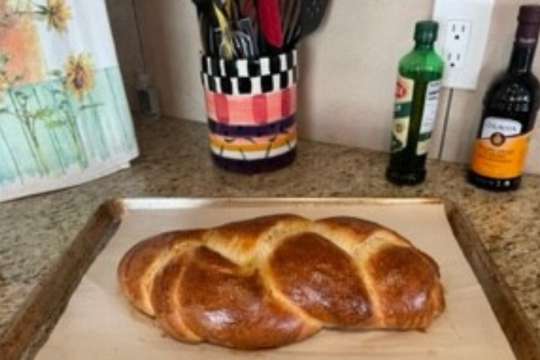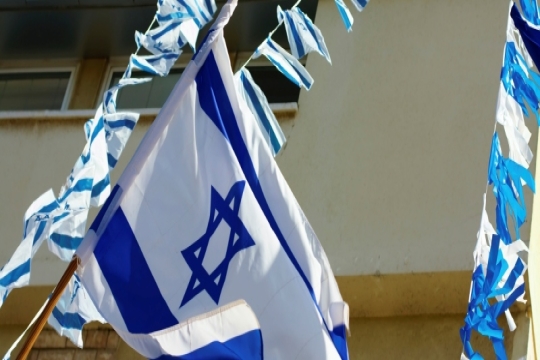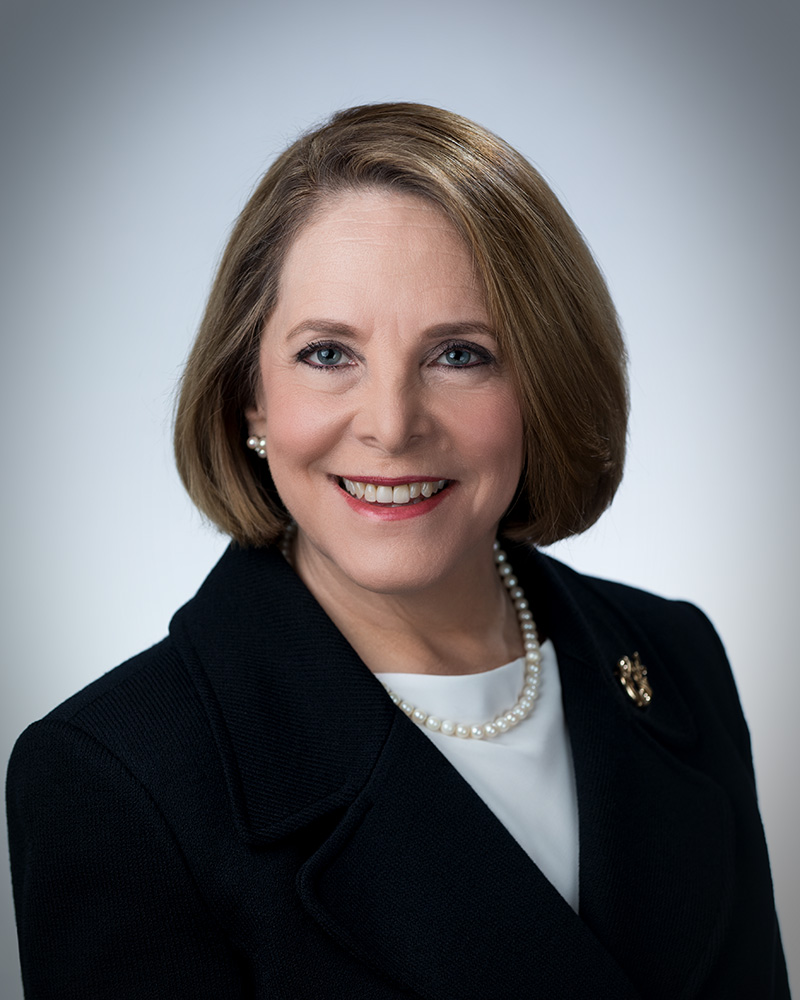
This week’s Torah portion, Parashat Vayigash, which means “to draw near,” is best known as the one where Judah pleads on behalf of his brother Benjamin, Joseph reveals himself to his brothers, Jacob comes down to Egypt, where they are reunited, and Joseph sets up the Israelites to live there comfortably.
At first blush, considering the meaning of Vayigash, to draw near, we are reminded that Joseph and his brothers reunite and thus are drawn near. The reunion is not without drama on all sides. There is apprehension on the part of Judah and Reuben…will this member of Pharoah’s court receive them warmly, and will they be able to secure food, which they so desperately need? While Joseph is in a position of power, he is uncertain about his brothers’ motives, especially considering their previous act of malice toward him. Family tensions abound!
As we come to this time of year, many of us draw near to familiar people or places. From Thanksgiving through the end of the calendar year, our time is filled with planning – whether for travel, food, gifts, or all of the above – our focus is squarely on connecting with others who are important to us. Clearly, there is opportunity for some type of drama, given the history and relationships that are woven around holidays and family connections.
Holidays aside, let’s consider why someone would draw near to another – perhaps to communicate something. Sociologists note that women often communicate via stories. Quite the antithesis of Sgt. Joe Friday’s “just the facts, ma’am” approach! Through the use of storytelling, information is shared on many different levels, providing multiple entry points for the listeners. One of my favorite college professors taught American History 101 through storytelling. Every day, he walked into class, set his soft-side briefcase on the desk, shoved his hands into his pockets, and proceeded to tell us (his students) a story. It was so compelling and fascinating that it was extremely difficult to remember to take notes!
Women of Reform Judaism also has a compelling story to tell. From our founding in the early years of the 20th century, the power of women in the community was central to the purpose and work of those visionary, committed women. Drawing others near, engaging them in the important actions of strengthening the ties within the congregation was one of the driving forces behind the many women’s groups in Reform communities across North America. Uniting these groups under a single umbrella only served to strengthen the ties within the communities and expanded their reach to support Reform Judaism and its institutions – including, of course, the Hebrew Union College, which had begun ordaining native-born rabbis to serve congregations in communities large and small.
When we have good news to share, picking up the phone or shooting out a message via electronic means is a happy experience. At the same time, good communication requires understanding the recipient’s state of mind and tailoring your message to best fit the circumstance. Recently, I read a piece by Betty Rollin in the New York Times, “What to say to a widow.” So often, people are confronted by a difficult situation and are afraid of saying the “wrong” thing – so they don’t communicate. I would suggest that saying nothing – not acknowledging something sad – is worse than saying the “wrong” thing.
So, good communication requires knowing what to say, how to say it, and when to share it. Good communication requires us to exercise judgment, as well. When is the right time? Last summer, I attended the wedding of a friend’s son. The groom’s older brother and his girlfriend planned to become engaged, but not wanting to overshadow the wedding couple (or their special time), the older brother waited to announce his own engagement – taking into consideration the joy and happiness engendered by his brother’s wedding.
Other questions to consider include how to make the message most impactful? When will sharing this information produce the most desired outcome?
As we draw near to one another in this season or any time at all, it is important to consider why we are drawing near – what is the message we wish to communicate, either through words or simply our physical presence. Many times, the act of physically being in the same place at the same time is a nourishing experience – one that feeds our souls and perhaps our bellies. One of the lessons I learned from the pandemic is how important it is to draw near to another person.
When we pray, we often ask the Divine to be with us, to comfort us, to guide us in our daily life. Being present with and for one another reminds us that we are all b’tzelim Elohim, created in the image of the Divine.
Related Posts

Continuing to Educate and Empower People Together

My Challah-Making Experience


